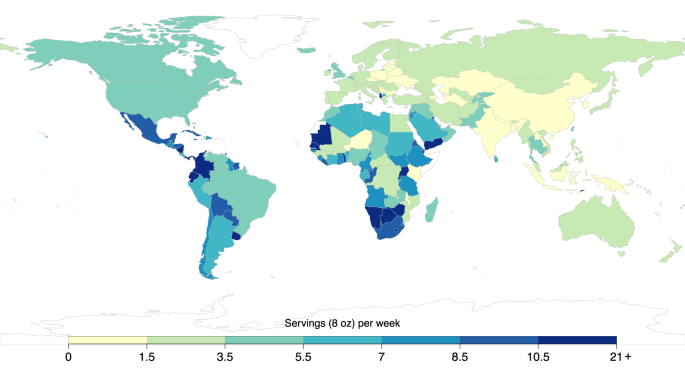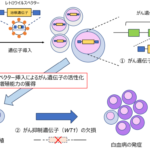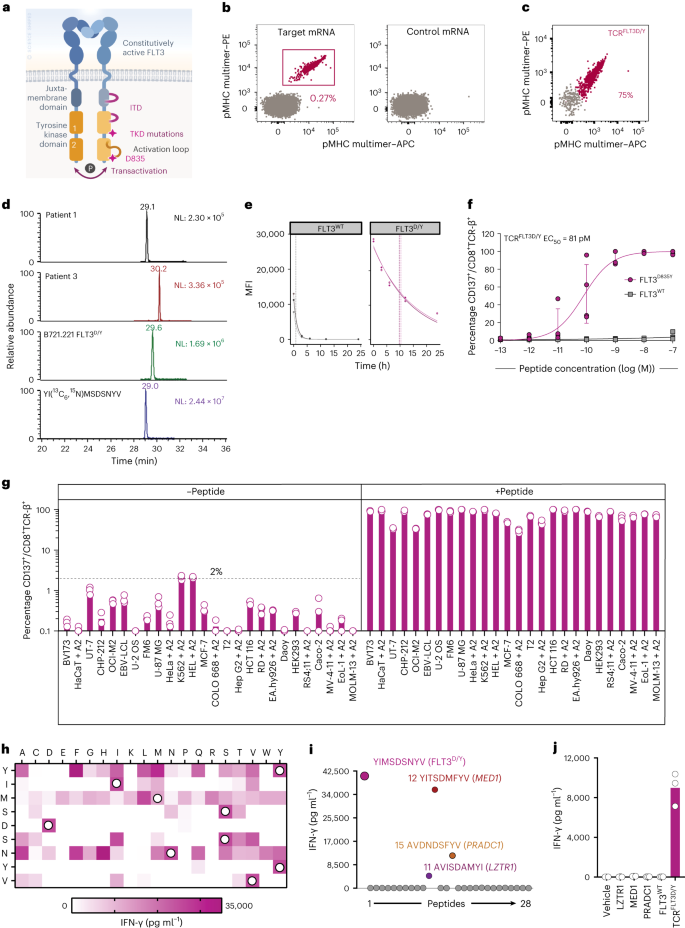2023-10-03 タフツ大学
◆研究は、地域、性別、年齢、教育、居住地によって異なる摂取傾向を示しました。これらの傾向の原因については詳細は不明ですが、マーケティング戦略や食品業界の影響、西洋型食事と高い社会的地位の関連性、清潔な水へのアクセスが影響を与えている可能性があります。砂糖入り飲料の摂取量は増加傾向にあり、国や地域別の政策が必要であることを示唆しています。
<関連情報>
- https://now.tufts.edu/2023/10/03/globally-consumption-sugary-drinks-increased-least-16-1990
- https://www.nature.com/articles/s41467-023-41269-8
185カ国における1990年から2018年までの成人の砂糖入り飲料摂取量 Sugar-sweetened beverage intakes among adults between 1990 and 2018 in 185 countries
Laura Lara-Castor,Renata Micha,Frederick Cudhea,Victoria Miller,Peilin Shi,Jianyi Zhang,Julia R. Sharib,Josh Erndt-Marino,Sean B. Cash,Dariush Mozaffarian & Global Dietary Database
Nature Communications Published:03 October 2023
DOI:https://doi.org/10.1038/s41467-023-41269-8

Abstract
Sugar-sweetened beverages (SSBs) are associated with cardiometabolic diseases and social inequities. For most nations, recent estimates and trends of intake are not available; nor variation by education or urbanicity. We investigated SSB intakes among adults between 1990 and 2018 in 185 countries, stratified subnationally by age, sex, education, and rural/urban residence, using data from the Global Dietary Database. In 2018, mean global SSB intake was 2.7 (8 oz = 248 grams) servings/week (95% UI 2.5-2.9) (range: 0.7 (0.5-1.1) in South Asia to 7.8 (7.1-8.6) in Latin America/Caribbean). Intakes were higher in male vs. female, younger vs. older, more vs. less educated, and urban vs. rural adults. Variations by education and urbanicity were largest in Sub-Saharan Africa. Between 1990 and 2018, SSB intakes increased by +0.37 (+0.29, +0.47), with the largest increase in Sub-Saharan Africa. These findings inform intervention, surveillance, and policy actions worldwide, highlighting the growing problem of SSBs for public health in Sub-Saharan Africa.


